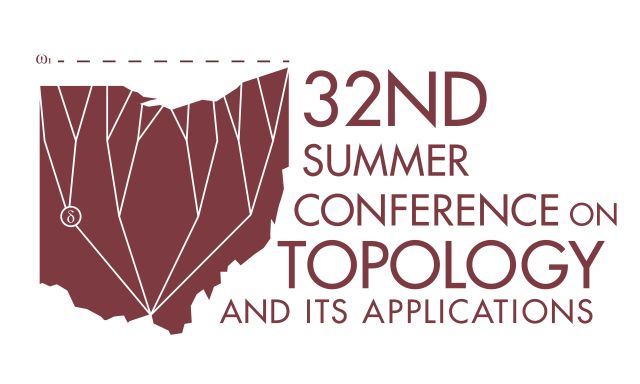Document Type
Workshop
Publication Date
6-2017
Publication Source
32nd Summer Conference on Topology and Its Applications
Abstract
Entropy was introduced first in thermodynamics and statistical mechanics, as well as information theory. In the last sixty years entropy made its way also in topology, ergodic theory, as well as other branches of mathematics as algebra, geometry and number theory where dynamical systems appear in one way or another.
Roughly speaking, entropy is a non-negative real number or infinity assigned to a "selfmap" T of a "space" X, where the "space" X can be a topological or uniform space, a measure space, an abstract or topological group (or vector space) or just a set. The "selfmap" T can be, respectively, a (uniformly) continuous selfmap, a measure preserving transformation, a (continuous) endomorphism, etc. Depending on each choice, one may have a topological entropy, uniform entropy, measure entropy, algebraic entropy, etc.
Topics for discussion:
(a) the connection between these entropies with particular emphasis on the case of topological groups;
(b) a unified (categorical) approach to entropy based on appropriate functors to the category of normed semigroups;
(c) the connection of entropy to other well-known functions (e.g., the scale function of Georege Willis, the Mahler measure and the related Lehmer problem in number theory, etc);
(d) entropy of semigroup actions (in place of selfmaps).
Copyright
Copyright © 2017, the Author
eCommons Citation
Dikranjan, Dikran, "Entropy in Topological Groups, Part 2" (2017). Summer Conference on Topology and Its Applications. 4.
https://ecommons.udayton.edu/topology_conf/4
COinS




Comments
This workshop consisted of two presentations; this is the second.
This document is available for download with the permission of the presenting author and the organizers of the conference. Permission documentation is on file.
Technological limitations may prevent some mathematical symbols and functions from displaying correctly in this record’s metadata fields. Please refer to the attached PDF for the correct display.